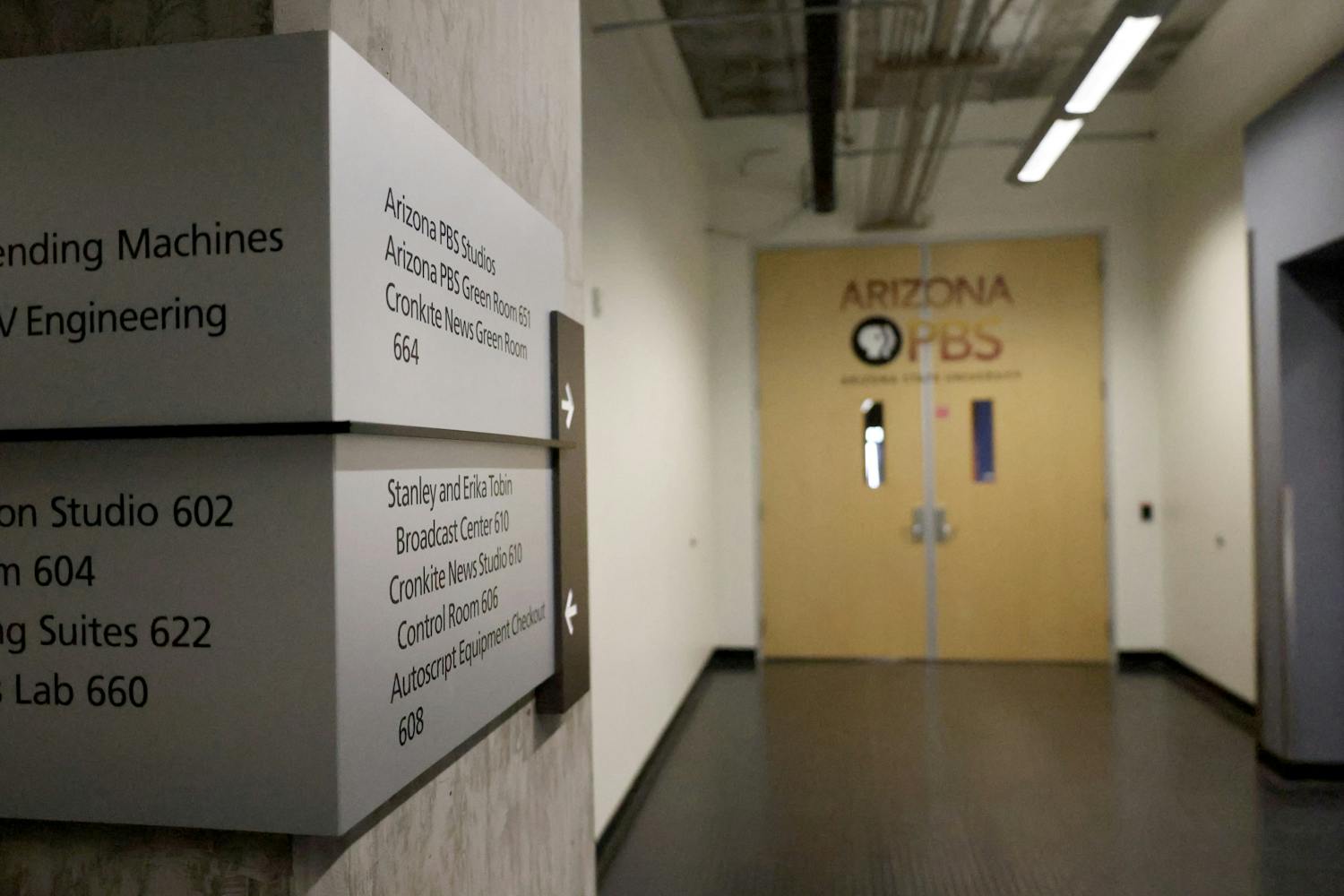A Minecraft server created by the School of Arts, Media and Engineering is now open for students in the Herberger Institute for Design and the Arts to mine and craft alongside other students in both schools.
Last school year, ASU students, staff and faculty developed the Minecraft server to help ease stress and tension felt by many due to the COVID-19 pandemic.
The server, which was originally only open to students in the School of Arts, Media and Engineering, has the ability to host approximately 500 players and features different game modes, worlds and replicas of buildings from ASU’s Tempe campus.
"The pandemic provided an opportunity at perfect timing to bring students together in a digital format. My hope was that this would provide a platform for students to reconnect and kind of recreate the on campus culture, but online," said Dan Jackson, a tech support analyst in the School of Arts, Media and Engineering who helped start the server.
"Minecraft is such a great platform because there are large amounts of diversity within it," Jackson said. "There's something about being in a Minecraft environment that's calming and it ties directly into what we're doing here at ASU by providing opportunities for creativity in varying degrees of complexity."
Connor Rawls, a research specialist at the School of Arts, Media and Engineering, was in charge of creating the multiple worlds, portals and games within the server. Through coding and building in Minecraft alongside Mia Ramos, a junior studying digital culture, Rawls created games and scavenger hunts.
One of the games the two created is called Dungeon Crawler, a multilevel roleplaying game. Rawls said he typically spent between 40 and 50 hours making these additions to the server.
"The building took much longer than the coding," Rawls said. "For the most part, the beauty of the way that Minecraft works is that I write a little bit of plug-in code that I reuse over and over. So the real work on that front is presented as more of building out a nice looking structure to be enticing for students to play."
Ramos served as a liaison between students and faculty and assisted in building elements of the world. She spent most of her time last school year working on the décor and layout of the server.
Now, Ramos helps Rawls organize events and games. For example, in October 2020, she and the server team hosted a Halloween-themed scavenger hunt for the students to enjoy.
Creativity is an outlet for many to release stress or anxiety, and the Minecraft server itself can be utilized as a sort of art therapy.
According to the American Art Therapy Associate (AATA), art therapy enriches the lives of individuals, families and communities through active art-making, creative process, applied psychological theory and human experience within a psychotherapeutic relationship. According to AATA, it can help foster self-esteem and self-awareness as well as reduce and resolve conflicts and distress in one's life.
"It's important to acknowledge that this server was created to bring students together. We hope that every time someone uses the server it brings people together and they can express their creativity in one way or another or simply just have fun playing on an official ASU Minecraft server," Ramos said.
The team hopes to eventually expand upon the server and build the entire ASU Tempe campus. Jackson believes it could put ASU's digital programs "on the map."
"I've floated the idea out there and I'm more than happy to help coordinate groups of individuals to kind of assign sections and quadrants of campus," Jackson said. "Maybe it will happen, maybe it won't, but in the interim, we're working on getting more people engaged and encouraging them to reach out to either myself, Connor or Mia if they have any questions."
People interested in joining the server can complete the self-enrollment here.
Reach the reporter at lkobley@asu.edu and follow @LKobley on Twitter.
Like The State Press on Facebook and follow @statepress on Twitter.
Continue supporting student journalism and donate to The State Press today.

Lauren Kobley is a reporter for the Community and Culture desk at The State Press. She has previously interned with the Fountain Hills Times.




